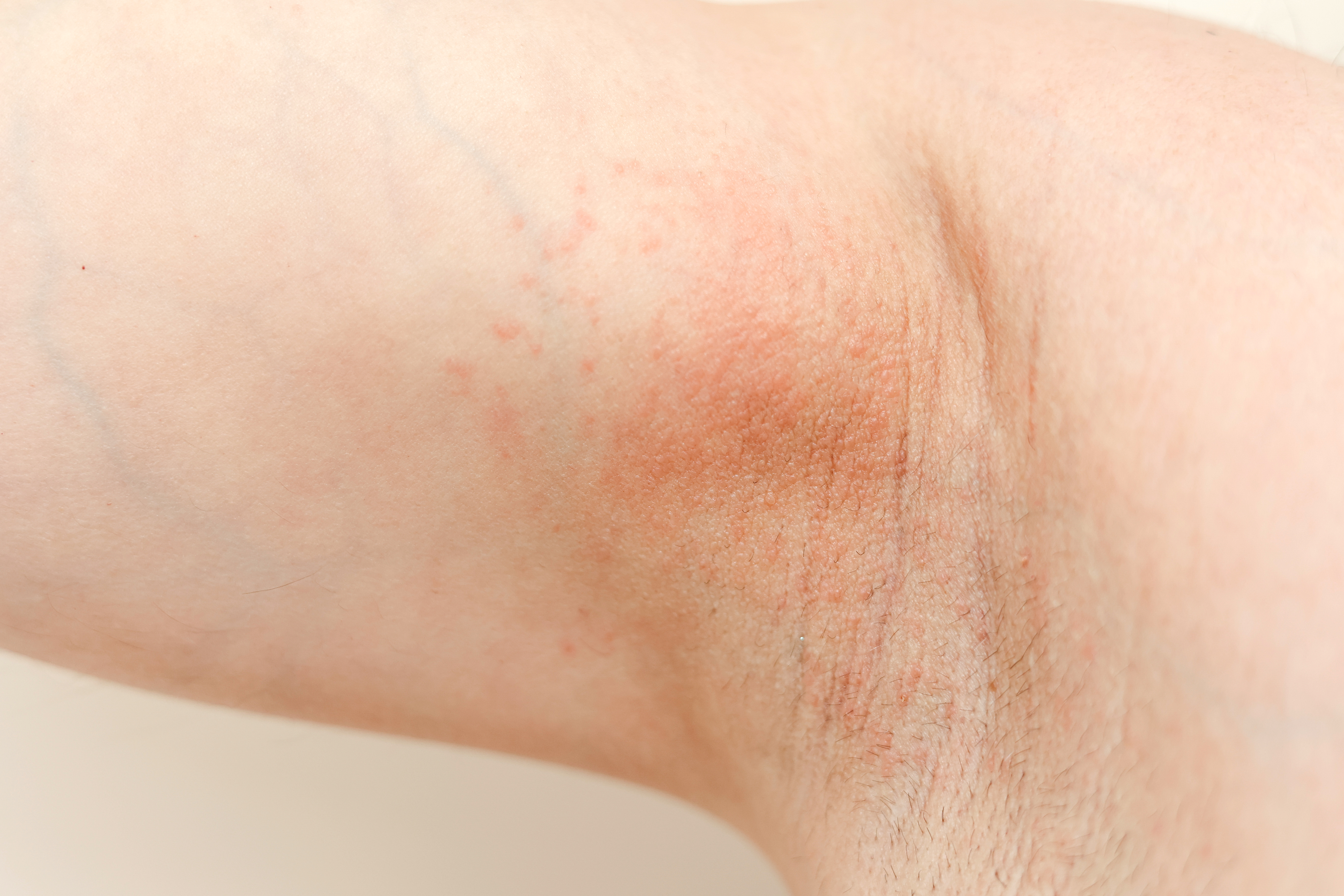12 Warning Signs of a Staph Infection — Don’t Wait!
In the intricate tapestry of human health, our skin serves as both a shield and a canvas, silently whispering tales of our well-being. Among the myriad of stories it tells, the subtle signs of a staph infection are particularly crucial to decipher. Staphylococcus aureus, commonly known as staph, is a bacterium that resides harmlessly on the skin and in the nose of many individuals. However, when it breaches the skin barrier, it can lead to infections ranging from mild to life-threatening. This article meticulously explores the top 12 red flags of a staph infection, signs that often go unnoticed until they escalate into serious health concerns. By understanding these silent whispers, we empower ourselves to act swiftly, ensuring that our skin remains a vigilant guardian of our health.
1. Understanding Staph Infections: The Basics

Staph infections are caused by the Staphylococcus bacteria, with over 30 types identified, though Staphylococcus aureus is the most common culprit. These bacteria can cause a variety of infections, from minor skin issues to severe diseases like pneumonia, endocarditis, and sepsis. The bacteria can enter the body through cuts, abrasions, or other breaks in the skin, leading to localized infections or, in severe cases, systemic infections. Understanding the nature of these bacteria is crucial, as it provides insight into how they operate and why certain symptoms manifest. With a deeper comprehension of staph infections, individuals can better recognize the red flags that indicate when a harmless skin resident turns into a formidable foe.
2. The First Red Flag: Unexplained Skin Irritation

One of the earliest signs of a staph infection is unexplained skin irritation. This irritation often presents as redness, warmth, and swelling in a localized area and may be mistaken for an allergic reaction or insect bite. Unlike other irritations, this redness often intensifies, and the area may become increasingly tender to the touch. Such symptoms are the skin's way of signaling that something is amiss beneath the surface. Recognizing this red flag early can prevent the spread of the infection and avoid more severe complications. It is essential to monitor any persistent or worsening irritation, particularly if it is accompanied by other unusual symptoms.
